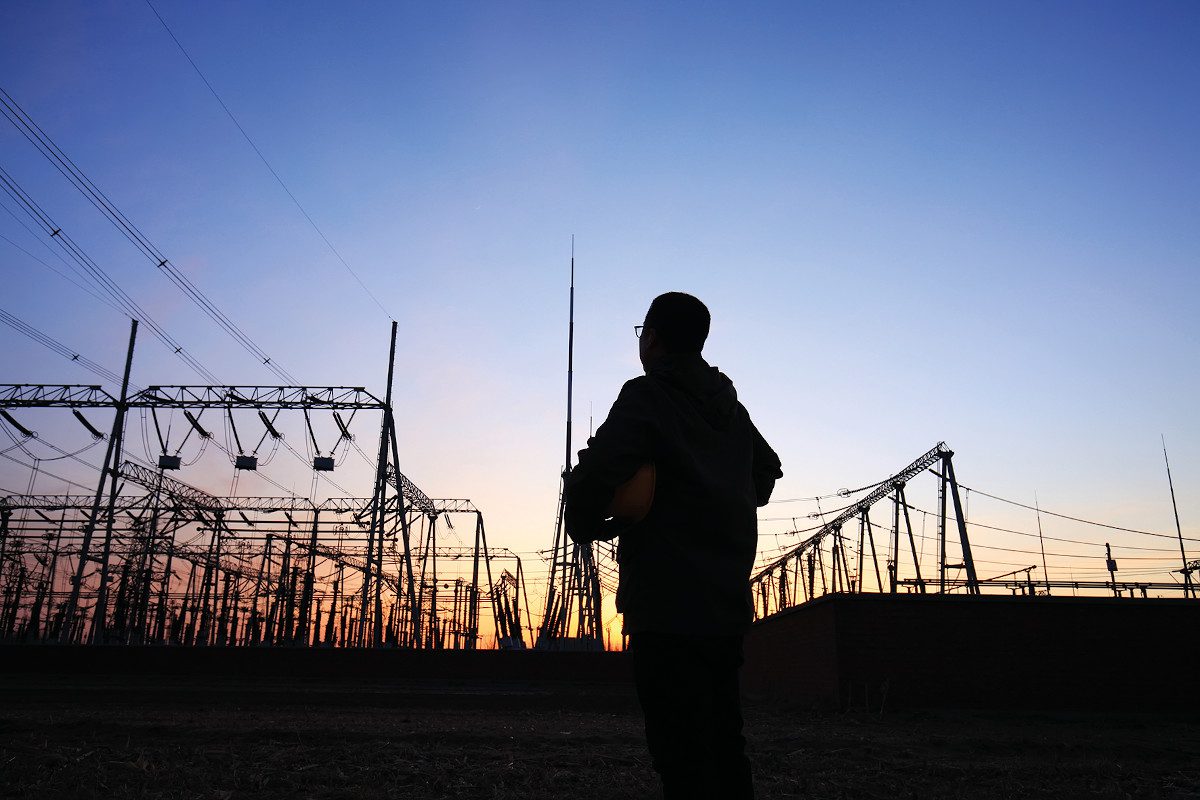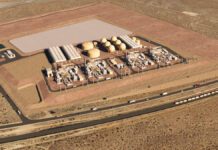
Smart electricity substations that speak to each other using the 5G network could hold one of the keys to enabling the Net Zero revolution.
Distribution Network Operator (DNO) UK Power Networks has been given the green light by regulator Ofgem after a successful bid to its Network Innovation Competition fund to trial a world-first innovation project, Constellation. The project will see powerful computers installed in a series of substations, optimising utilisation of the substations to free up capacity and help facilitate the rise in renewable energy generation.
The volume of distributed generation, energy which is no longer connected to the national transmission system but to regional distribution networks, is forecast to grow from 26GW today to 65GW in 2050. Much of this generation is renewable in the form of wind and solar farms.
UK Power Networks is adapting to increasingly complex power flows by becoming smarter so that it can safely release more capacity and enable more renewable energy to connect at lower cost – saving customers money and helping the environment at the same time.
Constellation marks a transformation in the way electricity networks operate. It will enable local substations to analyse millions of datapoints on how the network is running, meaning the network can reconfigure itself to safely enable higher volumes of electricity to flow. It will also provide a foundation for many other smart solutions, further benefiting customers.
This solution pioneered by UK Power Networks hopes to release 1.4GW of capacity (enough to power more than 700,000 homes) and save consumers more than £750 million by 2050 if the project proves a success and is rolled out nationwide. It is also forecast to save more than 19 tonnes of harmful CO2 emissions by 2050.
Ian Cameron, head of customer service and innovation at UK Power Networks said: “We are creating a platform that will enable this smart solution to be deployed throughout the country and enable more renewable energy to connect quickly and efficiently. We already have smart control rooms and grid edge devices such as smart electric vehicle chargers, and now having smart substations in the middle pulling it all together is a logical next step.”






